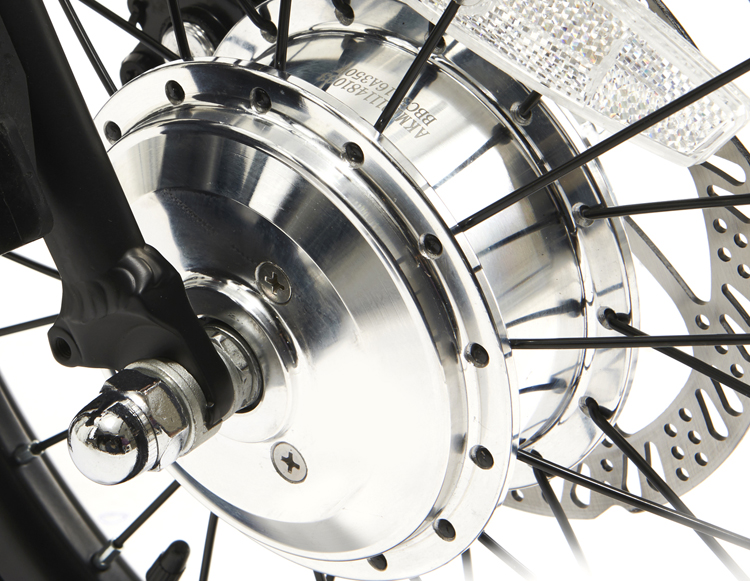Let’s look at a few electric motor basics. How do Volts, Amps and Watts of an electric bicycle relate to the motor.
Motor k-value
All electric motors have something called a “Kv value” or motor velocity constant. It is labeled in the units RPM/volts. A motor with a Kv of 100 RPM/volt will spin at 1200 RPM when given a 12 volt input. This motor will burn itself up trying to reach 1200 RPM if it has too much load on it to get there. This motor will not spin faster than 1200 RPM with a 12 volt input no matter what else you do. The only way it will spin faster is to input more volts. At 14 volts it will spin at 1400 RPM.
If you want to spin the motor at more RPM with the same battery voltage then you need a different motor with a higher Kv value. You can learn more about motor constants here.
Motor controllers – how do they work?
How does an electric bike throttle work? If a motors kV determines how fast it will spin, then how do you make it go faster or slower?
It won’t go faster than it’s kV value. That is the upper range. Think of this as the gas pedal pushed to the floor in your car.
How does an electric motor spin slower? The motor controller takes care of this. Motor controllers slow down the motor by rapidly turning the motor on and off. They are nothing more than a fancy on/off switch. To get 50% throttle, the motor controller will be switching on and off with off occurring 50% of the time. To get 25% throttle, the controller has the motor on 25% of the time and off 75% of the time. The switching occurs quickly. The switching can occur hundreds of times a second which is why you don’t feel it when riding the scooter.
Post time: Jan-06-2022






